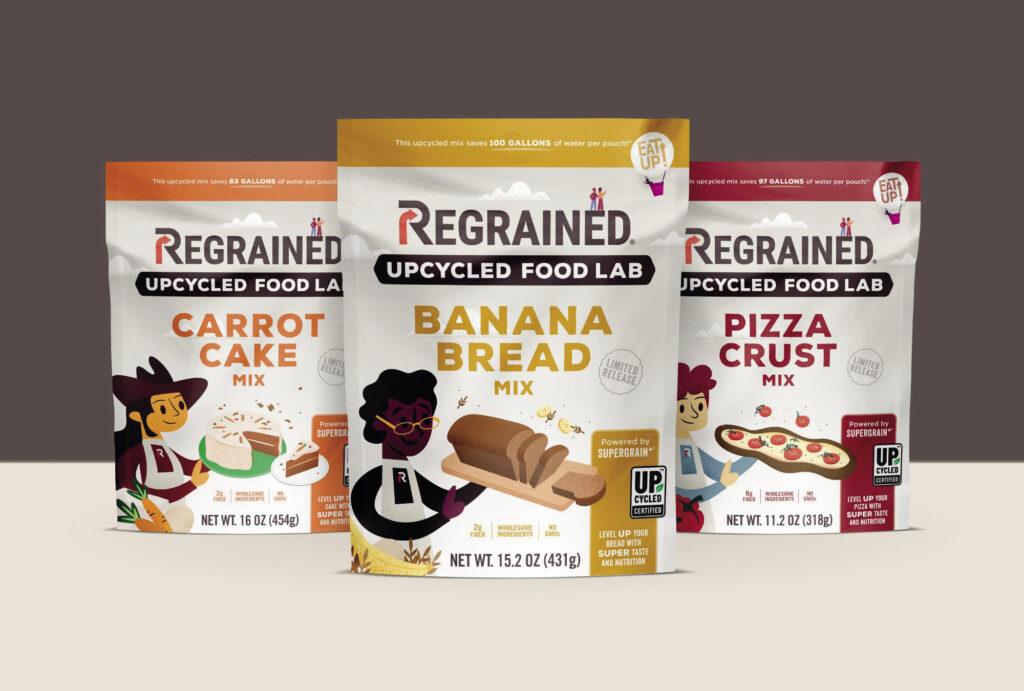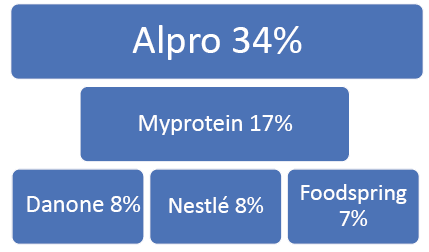Seven trends shaping grocery retail in 2023

In RTD-cocktails various fruit juices may be blended with different alcoholic drinks
2.Precision fermentation breaks out: in 2022 precision fermentation companies became big players in the ingredients market. Animal-free whey protein is expanding rapidly among ingredients, but there is also chocolate made by precision fermentation that contains 70% less sugar.
3.Lowering carbon emissions through products: the United Nations says food and drink production is responsible for approximately one third of the world’s greenhouse gas emissions. In an attempt to reduce the carbon footprint of their supply chains, companies will roll out products that can compensate for their greenhouse gas emissions.

Meat industry aims to significantly decrease its carbon-footprint by 2030
4.Artificial intelligence and machine learning become the norm: in 2023 a growing number of food and beverage companies will start using these technologies. Thanks to this, they will be able to increase production efficiency, and improve product quality and reliability.
5.Cultivated meat goes from the laboratory to the plate: once the regulation will make it possible, the first cultivated meat products will appear on the shelves of US grocery stores in 2023. Back in 2019 it was agreed that most cultivated meat need to get the approval of the FDA and USDA before entering the market.
6. Better nutrition labelling spurs reformulation: this year one of the most important tasks for food companies is modifying product labels, in a way that shoppers can get much clearer information about the nutritional value and composition of foods and beverages by just looking at the packaging. This change is likely to bring new practices in labelling and marketing products. Reformulating products to become “healthy” is also likely to start.

Upcycling is going to gain momentum in 2023
7.The goal is wasting less food: as shoppers now care more about battling food waste, food companies are taking notice of this trend. They are starting to use product launches for communicating how committed they are to reducing food waste. USDA’s estimation is that 30-40% of the food produced in USA ends up in the waste bin. //
Plant-based food sales up 42% in the last few years
Research data from Innova Market Insights reveal that the market launch of plant-based foods and drinks grew exponentially between 2017 and 2022. The growth was the biggest in Europe (41%) and North America (36%), and the top segments were dairy products and meat alternatives. Plant-based diet is increasingly popular, as consumers worry about the climate change, they like to try new diets, and the vegetarian/vegan diet movements are strengthening. //

This article is available for reading in Trade magazin 2023.2-3.
Related news
Fidelity Outlook 2026: Who will bring the pick and shovel to artificial intelligence?
🎧 Hallgasd a cikket: Lejátszás Szünet Folytatás Leállítás Nyelv: Auto…
Read more >Samsung washing machines receive carbon footprint reduction certification under the DUCD regulation
🎧 Hallgasd a cikket: Lejátszás Szünet Folytatás Leállítás Nyelv: Auto…
Read more >This is how humans and AI work together – the artificial intelligence revolution in the workplace
🎧 Hallgasd a cikket: Lejátszás Szünet Folytatás Leállítás Nyelv: Auto…
Read more >Related news
Christmas shock in commerce: for the first time, we can pay with bank cards in fewer places
🎧 Hallgasd a cikket: Lejátszás Szünet Folytatás Leállítás Nyelv: Auto…
Read more >Hungarian Confectionery Manufacturers Association: trends in 2025 and prospects for 2026
🎧 Hallgasd a cikket: Lejátszás Szünet Folytatás Leállítás Nyelv: Auto…
Read more >Most grocery chains will be open until noon on December 24th
🎧 Hallgasd a cikket: Lejátszás Szünet Folytatás Leállítás Nyelv: Auto…
Read more >






